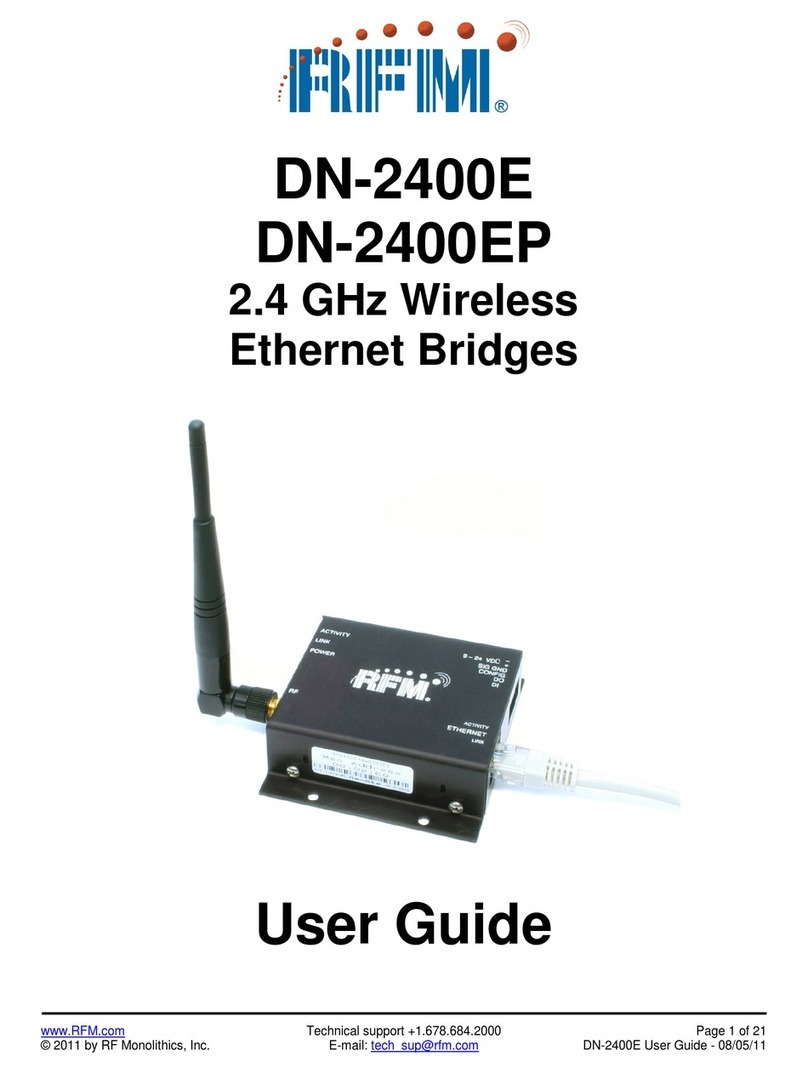
Table of Contents
Introduction ...................................................................................................................................................1
Getting Started..............................................................................................................................................2
SEM910, SEM910D......................................................................................................................................3
Connectors ................................................................................................................................................4
Status Indicators........................................................................................................................................4
SEM910X/DX................................................................................................................................................5
Attaching the Remote Radio Connector – SEM910X ...............................................................................7
Attaching Remote Radio Connector – SEM910DX...................................................................................8
Configuring the SEM...................................................................................................................................10
Setting IP Addresses...............................................................................................................................10
IP Hunter Utility........................................................................................................................................10
HTML Setup ............................................................................................................................................13
Console Port............................................................................................................................................16
Filtering....................................................................................................................................................17
DHCP.......................................................................................................................................................17
SEM Operation............................................................................................................................................18
Overview..................................................................................................................................................18
Security Modes........................................................................................................................................18
Point-to-Point Mode.................................................................................................................................18
Point-to-Multipoint Mode..........................................................................................................................19
Co-located Networks...............................................................................................................................20
SEM Command Set ....................................................................................................................................21
System Commands.................................................................................................................................21
Bridge Commands...................................................................................................................................23
SEM Security Commands .......................................................................................................................24
Radio Commands....................................................................................................................................25
Specifications..............................................................................................................................................28
Connectors ..............................................................................................................................................28
Indicators.................................................................................................................................................28
Power.......................................................................................................................................................28
Troubleshooting ..........................................................................................................................................29
Technical Support....................................................................................................................................29
Warranty......................................................................................................................................................30




























